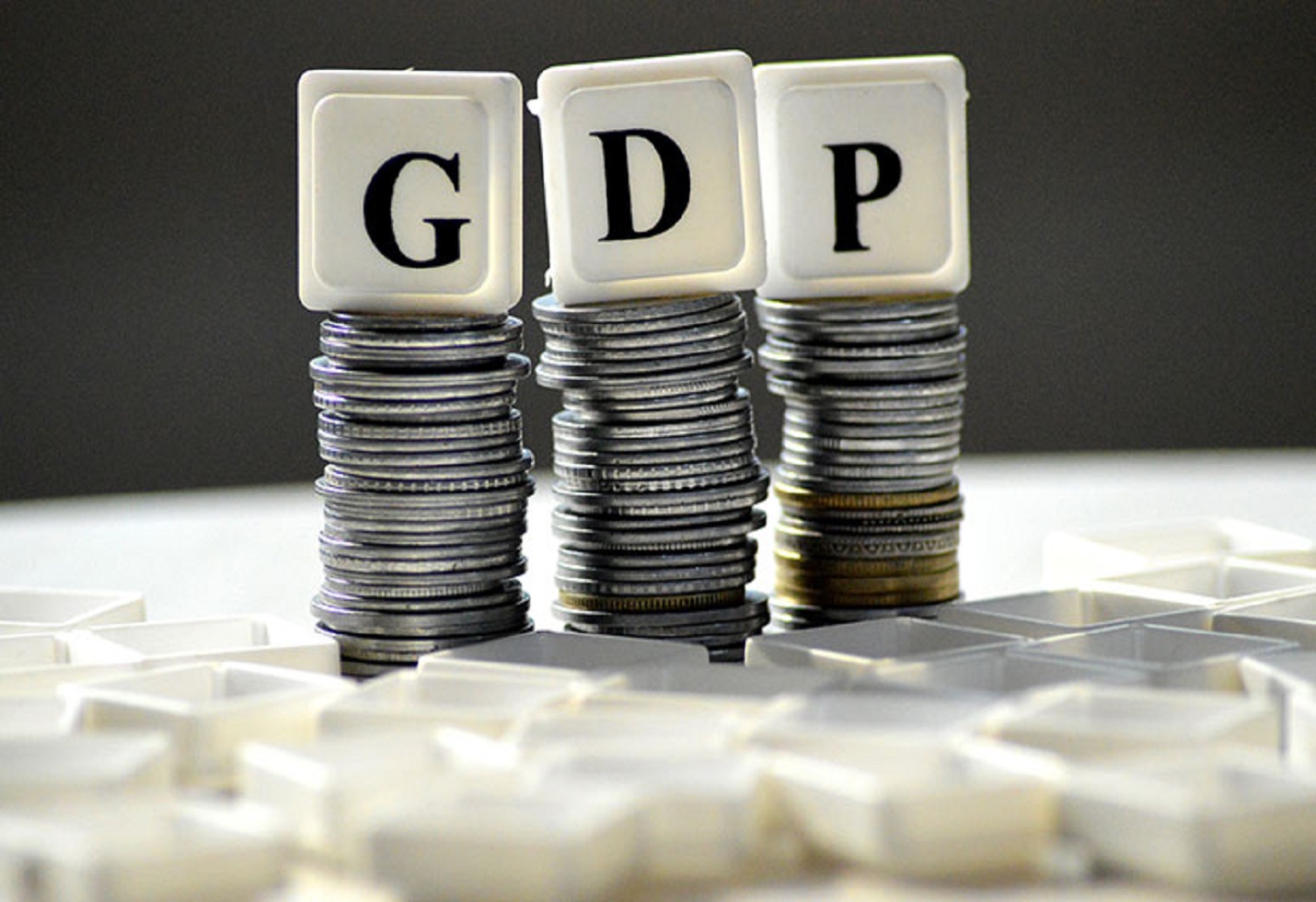Role of upcoming budget to enhance economic growth
Overview
Following the Covid-19 pandemic, many countries in the world suffered from aggressive contractionary monetary policy, high inflation levels, and constant geopolitical issues. In the midst of this scenario, India’s growth was a silver lining. The reason for this robust growth was government expenditure on the country’ infrastructure was unparalleled. It resulted in India recording the highest growth levels for each quarter compared to other major countries in the world. This trend went on for many quarters till the second quarter of the financial year 2025.
India recorded a 5.4 percent growth on a year-on-year basis in the September quarter of the financial year 2024-25. It was the most moderate growth in the period of the last two years. The Finance Ministry of India and Reserve Bank of India stated that the slump in growth is just temporary in nature and not a long-term shift of the economy towards moderate growth levels. Despite this, the scenario shown by the earning reports of the third quarter of non-financial firms was falling for the third quarter in a row. The only exception to this pattern was some of the big companies.
Due to this gloomy situation prevailing in the market, different segments in the economy are expecting a thrust from the Union budget for the economy of the country.
Factors needed for the economic growth
To boost economic growth, a country needs to fulfill the four factors of GDP which is investment from both public and private sector, net export levels (difference between exports and imports) and consumption.
After the Pandemic, the economic growth in India is strongly pushed by government expenditure. However, channels of government expenditure have crossed way beyond their capacity. In recent times, government expenditure is declining which has resulted in a decline in growth levels. In the second quarter of financial year 2025, the growth in investment by the government was just 4.4 percent. Looking at this situation, it is time for private sector investment to step in to promote economic growth in the country.
The export levels in the country are suffering from moderate growth. In the second quarter of the financial year 2025, the export growth fell to 2.8 percent year-on-year which is the most significant hindrance to economic growth. In contrast to this, the growth of consumption level in the same quarter was 6 percent year-on-year increasing. Also, the anticipated household consumption growth for this financial year is about 7.2 percent. In India, household consumption levels have more than half of the share in the growth of its GDP.
Despite this good situation in consumption levels, it certainly has its own issues too. After the Covid-19, the urban demand was high for a long period of time and now it has lost its breath. While, the major part of consumption level is contributed by increasing rural expenditure levels in the latest quarters. The rural expense has increased due to factors such as some government schemes (like MGNREGA) and favorable monsoon season.
To have robust economic growth in India, the government needs to encourage private investment, a push to export levels and strong urban demand.
Role of Budget
Tax relief is one of the important measures that the government of India is anticipated to take in order to encourage urban demand in the country. The contribution of personal income tax was about 53 percent in the total direct tax collection of the government in the financial year 2024. It showed that people pay more taxes compared to tax paid by companies. It is also important to consider the truth that about three percent of the population in the country gives taxes. It is quite concerning in terms of tax pressure on the people paying taxes. Taking this scenario in consideration, it is anticipated that the government will raise the exemption limit on earnings, providing high standard deduction, adoption of medical insurance deduction (Section 80D Deduction) in new tax policy, increase the limits on investments and saving on which tax deduction is allowed (Section 80C Limit), and make income tax brackets fairer.
In the case of private investment, the investment levels are quite inconsistent. Despite this, many new technology industries are growing with the help of government actions. This kind of support is anticipated to remain in future as well. However, government stimulus is constantly changing. For instance, initially the government of India was focusing on incentivising swapping of batteries but now it is focusing on creating more charging infrastructure. It is difficult to identify which incentive will perform well in the economy. However, it is important to understand that all the attempts of the government are focused on promoting these new technology industries.
Apart from this, many industries in the country are anticipating a fall in interest rates in the month of February and also rise in demand levels. In present times, these industries are working with high production capacity. They have high cash levels but not using it to invest in new plans. The reason for high cash is raised through various channels, particularly through IPOs in the year 2024. When consumption levels in the country will be raised then companies will start to use their cash. Also, they will go for loans in case of favorable stock market situations and fall in interest rate in the economy. However, these actions of the industries rely on the condition that consumption demand needs to rise.
Focus on fiscal consolidation
The government of India needs to focus on fiscal consolidation. In the current financial year, it should keep the fiscal deficit in the range of 4.9 percent and below 4.5 percent in the upcoming financial year. It would lead to financial reliability in the current situation of uncertainty.
In conclusion, the government of India needs to focus on tax reliefs and investment leading to creation of economic growth in the long term, along with focus on fiscal consolidation.
The image added is for representation purposes only






